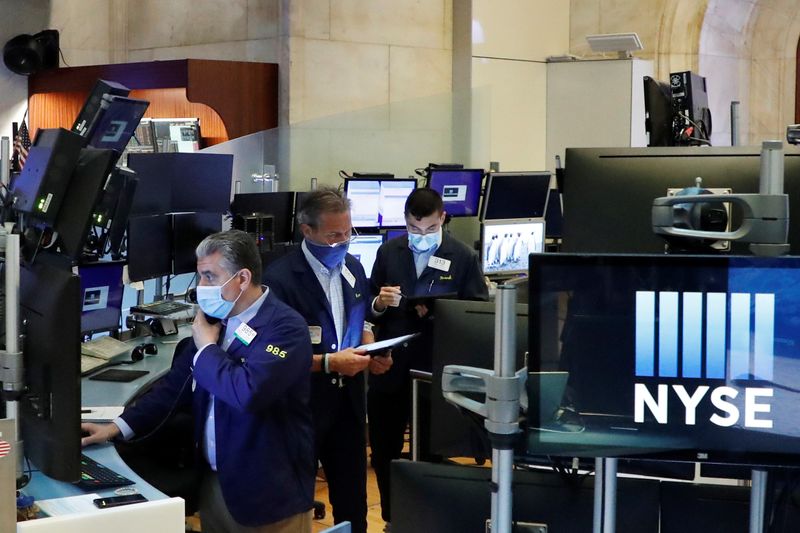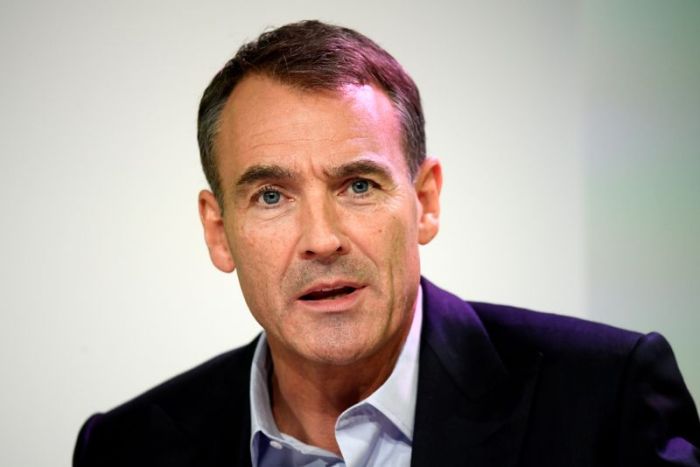(Reuters) – The Nasdaq posted a record closing high on Monday, becoming the first of the major indexes to confirm a new bull market, while the S&P 500 ended in positive territory for the year as expectations for a swift recovery from a coronavirus-driven downturn increased.
Rising technology and communication stocks have driven gains in the Nasdaq, which confirmed a new bull market just 16 weeks after coronavirus fears crushed stocks and pushed the U.S. economy into recession.
The Nasdaq has climbed 44.7% from its March 23 bottom. A bull market is confirmed once the index makes a new high and is considered to have begun at the index’s low, according to a widely accepted definition.
The S&P 500 remains about 4.5% below its record high close, while the Dow is about 6.7% below.
A closely watched monthly jobs report on Friday showed an unexpected fall in unemployment rate, bolstering views that the worst of the economic damage from the virus outbreak was over.
“It’s optimism surrounding the reopening of the global economy, and the likely confirmation that the U.S. economy will experience a V-shaped recovery in the second half,” said Sam Stovall, chief investment strategist at CFRA Research in New York.
Stocks added to gains late in the session after the U.S. Federal Reserve eased the terms of its “Main Street” lending program.
The energy sector climbed the most among the 11 major S&P sectors, rising 4.3%, as major oil producers agreed over the weekend to extend a deal on record output cuts.
Beaten-down shares of cruise operators Carnival Corp and Norwegian Cruise Line Holdings Ltd continued to recover. The S&P 1500 airlines index jumped 9.9%.
The Dow Jones Industrial Average rose 461.46 points, or 1.7%, to 27,572.44, the S&P 500 gained 38.46 points, or 1.20%, to 3,232.39 and the Nasdaq Composite added 110.66 points, or 1.13%, to 9,924.75.
Investors will also focus this week on the Fed’s two-day policy meeting, ending on Wednesday, where the jobs report will most likely be discussed.
It would be the first meeting since April when Fed Chair Jerome Powell said the U.S. economy could feel the weight of the economic shutdown for more than a year.
Advancing issues outnumbered declining ones on the NYSE by a 4.61-to-1 ratio; on Nasdaq, a 3.02-to-1 ratio favored advancers.
The S&P 500 posted 18 new 52-week highs and no new lows; the Nasdaq Composite recorded 83 new highs and no new lows.
Volume on U.S. exchanges was 16.46 billion shares, compared to the 12.35 billion average for the full session over the last 20 trading days.
(Additional reporting by Devik Jain and Medha Singh in Bengaluru; Editing by Cynthia Osterman)
























